....And It Was On St. Patrick's Day... 3/17/2012 (Page One)
Did You Know? -
Saint Patrick's Day (Irish: Lá Fhéile Pádraig (The Festival of Patrick); Ulster-Scots: Saunt Petherick's Day) is a cultural and religious holiday celebrated on 17 March. It commemorates Saint Patrick (c. AD 387–461), the most commonly recognised of the patron saints of Ireland, and the arrival of Christianity in Ireland.
It is observed by the Catholic Church, the Anglican Communion (especially the Church of Ireland), the Eastern Orthodox Church and Lutheran Church. Saint Patrick's Day was made an official feast day in the early seventeenth century, and has gradually become a secular celebration of Irish culture in general
You Are Invited ...


Thank you Saint Patrick for the rain and the nice room!
We had a nice surprise... Because of the weather, we moved inside to the ballroom where it was delightfully warm and we had the large dancefloor. Luck of the Irish was working tonight!
Let The Cavorting Begin...

Brian, Kathy, and Ed
(with his Flat Cap)
Did You Know? -
A flat cap or Ivy cap is a rounded men's or women's cap with a small stiff brim in front. Cloths used to make the cap include original wool, tweed (most common), and cotton. Less common materials may include leather. Cord flat caps are also worn in various colours. The inside of the cap is usually lined with silk for comfort and warmth.
The style can be traced back to the 14th century in Northern England namely Grimsby and parts of Southern Italy, when it was more likely to be called a "bonnet", which term was replaced, except in Scotland, by "cap" before about 1700. When Irish and English immigrants came to the United States, they brought the flat cap with them.
A 1571 Act of Parliament to stimulate domestic wool consumption and general trade decreed that on Sundays and holidays, all males over 6 years of age, except for the nobility and persons of degree, were to wear caps of wool manufacture on force of a fine (3/4d (pence) per day). The Bill was not repealed until 1597, though by this time, the flat cap had become firmly entrenched in English psyche as a recognized mark of a non-noble subject; be it a burgher, a tradesman, or apprentice. The style survives as the Tudor bonnet in some styles of academic dress.

Now that is a hair-doo

Visiting begins in earnest


Formal attire is allowed this evening
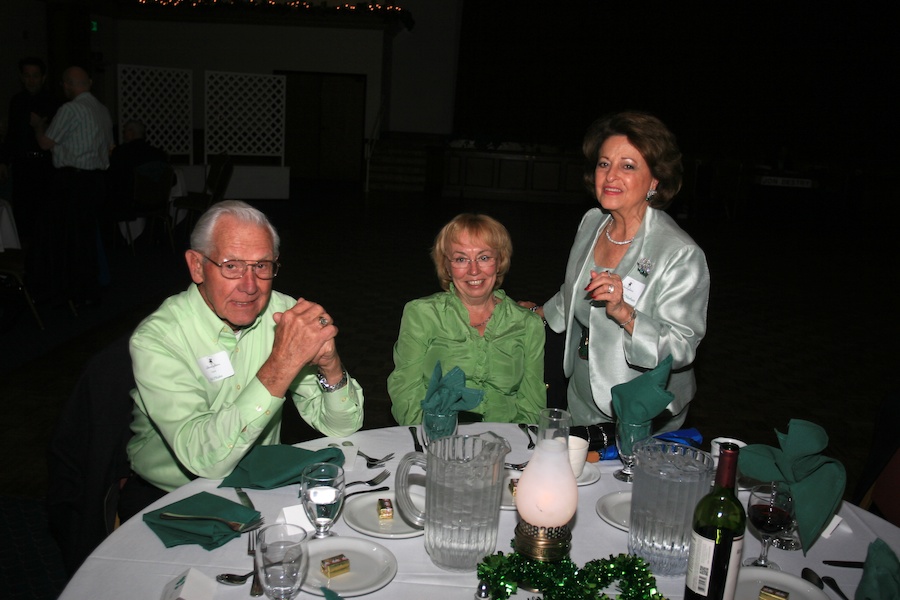
It's a sea of green

We were all renamed this evening.... Lucky we do not have a member by the last name of No!
Did You Know? -
A male's surname generally takes the form Ó/Ua (originally "grandson") or Mac ("son") followed by the genitive case of a name, as in Ó Dónaill ("grandson of Dónall") or Mac Gearailt ("son of Gerald").
A son has the same surname as his father.
A female's surname replaces Ó with Ní (reduced from Iníon Uí - "daughter of the grandson of") and Mac with Nic (reduced from Iníon Mhic - "daughter of the son of"); in both cases the following name undergoes lenition. However, if the second part of the surname begins with the letter C or G, it is not lenited after Nic .
Thus the daughter of a man named Ó Dónaill has the surname Ní Dhónaill and the daughter of a man named Mac Gearailt has the surname Nic Gearailt. When anglicised, the name can remain O' or Mac, regardless of gender.


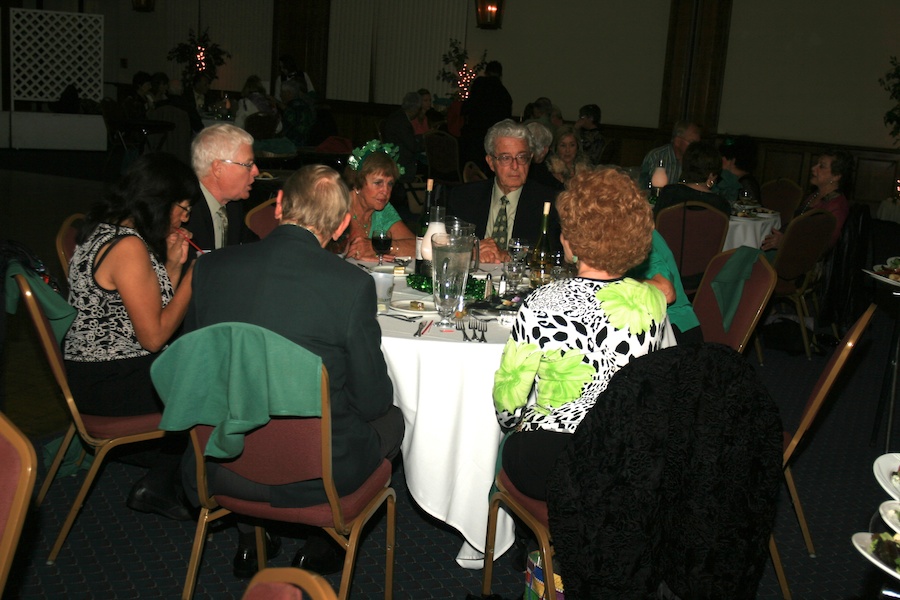
The rables are bust catching up sine the last dance

Salads are served...




Smile! They are too busy gabbing...
Did You Know? - Originally, the colour associated with Saint Patrick was blue. Over the years the colour green and its association with Saint Patrick's day grew. Green ribbons and shamrocks were worn in celebration of St Patrick's Day as early as the 17th century.
Saint Patrick is said to have used the shamrock, a three-leaved plant, to explain the Holy Trinity to the pagan Irish, and the wearing and display of shamrocks and shamrock-inspired designs have become a ubiquitous feature of the day.
In the 1798 rebellion, to make a political statement, Irish soldiers wore full green uniforms on 17 March in hopes of catching public attention. The phrase "the wearing of the green", meaning to wear a shamrock on one's clothing, derives from a song of the same name.
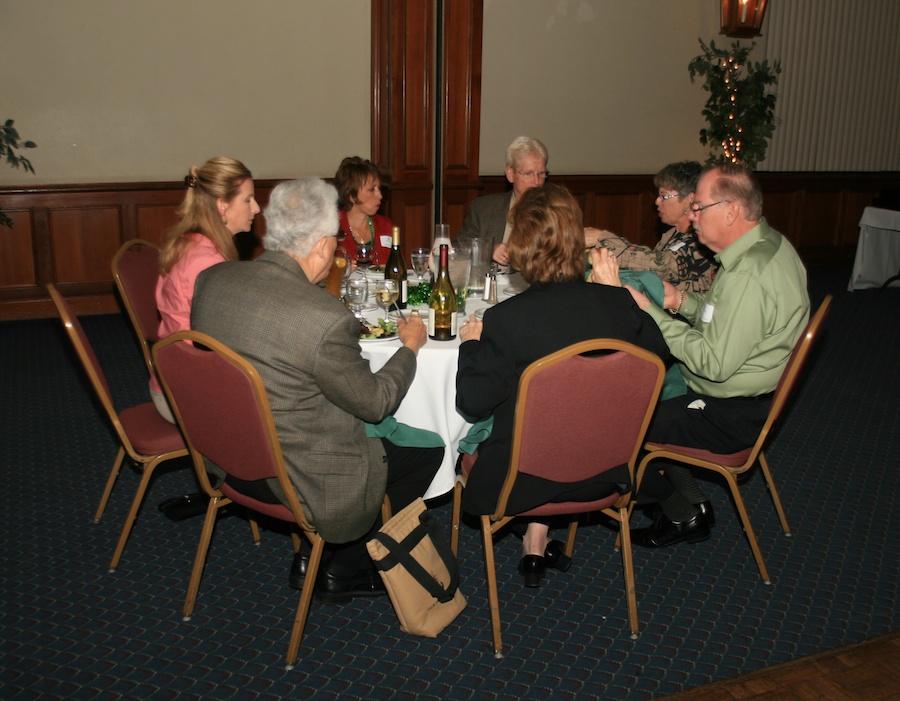
The wine is flowing
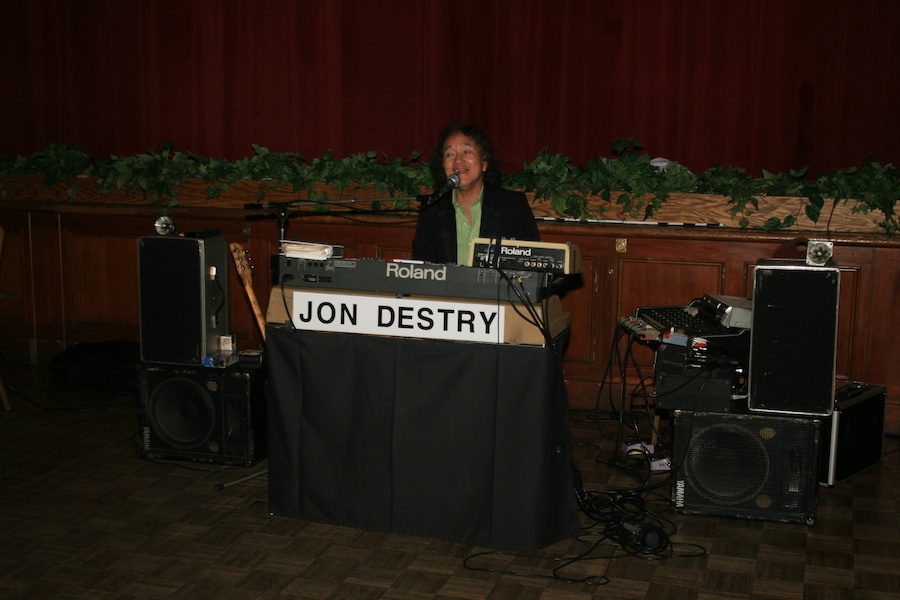
Destry Rides Again...

Do You Remember? Destry Rides Again (AKA The Man from Montana) (1939) is a western starring Marlene Dietrich and James Stewart. The supporting cast includes Mischa Auer, Charles Winninger, Brian Donlevy, Allen Jenkins, Irene Hervey, Billy Gilbert, Bill Cody, Jr., and Una Merkel.
The original Max Brand novel was translated into an "oater" with the town of Bottleneck set on a Hollywood sound stage. The movie was directed by George Marshall and is a remake of a 1932 version starring Tom Mix.
In 1996, Destry Rides Again was selected for preservation in the United States National Film Registry by the Library of Congress as being "culturally, historically, or aesthetically significant".
Saloon owner Kent (Brian Donlevy), the unscrupulous boss of the fictional Western town of Bottleneck, has the town's Sheriff, Keogh, killed when the Sheriff asks one too many questions about a rigged poker game. Kent and "Frenchy" (Marlene Dietrich), his girlfriend and the dance hall queen, now have a stranglehold over the local cattle ranchers.
The crooked town's mayor, Hiram J. Slade (Samuel S. Hinds), who is in collusion with Kent, appoints the town drunk, Washington Dimsdale (Charles Winninger), as the new sheriff, assuming that he'll be easy to control and manipulate. But what the mayor doesn't know is that Dimsdale was a deputy under the famous lawman, Tom Destry and is able to call upon the equally formidable Tom Destry, Jr. (James Stewart) to help him make Bottleneck a lawful, respectable town.
Destry confounds the townsfolk by refusing to strap on a gun in spite of demonstrating that he is an expert marksman. He still carries out the "letter of the law", as deputy Sheriff, and wins over their respect. A final confrontation between Destry and Kent's gang is inevitable, but "Frenchy" is won over by Destry and changes sides. A final gunfight ensues where Frenchy is killed in the crossfire, and the rule of law wins the day.
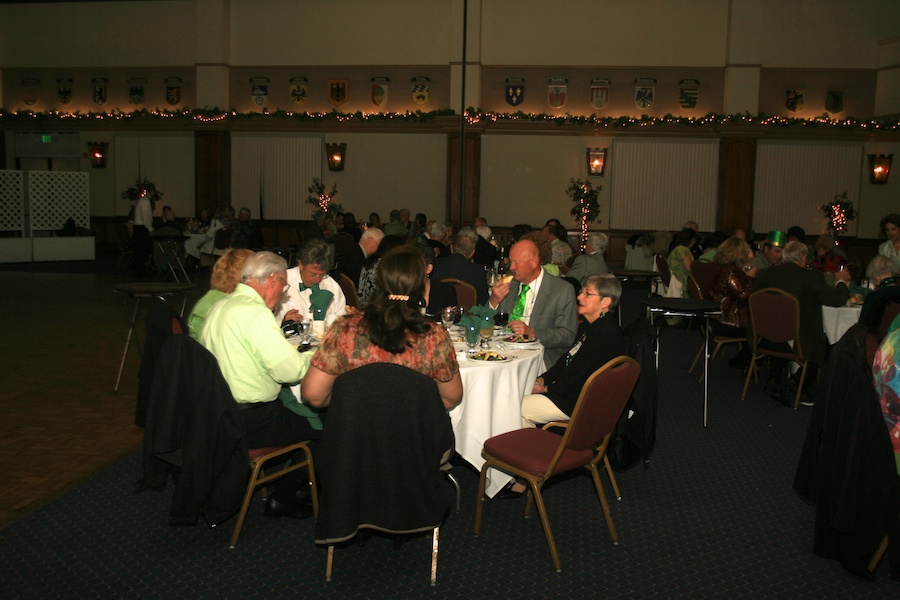
Salads are about done... Time to see who was here this evening!

